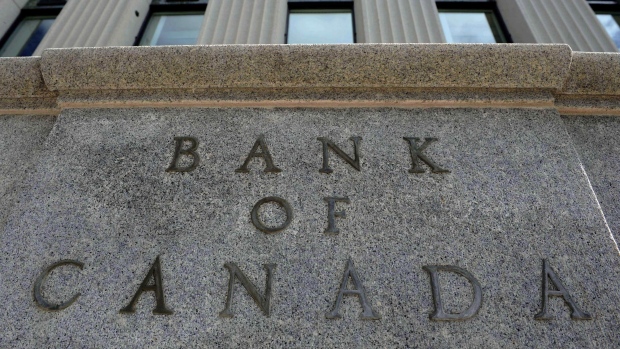
The relationship between capitalism and democracy is fraught with complementarities as well as tensions. By definition, a free market – one defined by minimal government regulation and interference – enables the broadest array of consumer choice, and the most efficient distributions of goods and services. It thereby enhances the democratic aspiration of ‘economic freedom’. In a related sense, you could consider your dollar to be a vote in the market. When you purchase something repeatedly from a particular seller, you enrich them at the expense of their competitors who sell the same product. That keeps some businesses, those chosen by competitive market pressures, in business, while less popular businesses will eventually close shop. In this sense, capitalism has certain democratic characteristics.
On the other hand, there are also tensions between capitalism and democracy, or what we can refer to as countermajoritarian tendencies: features or institutions of a capitalist economy that run counter to the interests of the majority in a democracy. Take for example the notion of income inequality. In practice, economies do not distribute goods, services, and capital in an equal or equitable manner. There is often a concentration of wealth in the hands of a minority at the expense of a majority of people. During the financial crisis, for example, many people pointed out that 1% of the population had a disproportionate share of overall wealth compared to the 99%.
Institutional features of an economy can also have countermajoritarian, and by extension, anti-democratic, tendencies. Most liberal democracies, such as the United Kingdom, the United States, Canada, Australia, New Zealand, and the European Union, have an institution known as a central bank. The organizations form part of the government, although they are free from political, and also popular, control. Yet central banks make policies and decisions that impact everybody’s day-to-day lives and pocketbooks. How, then, do you reconcile the existence of these independent institutions with the imperatives of a representative, democratic government?
Central Banks: Enhancing Democracy by Countermajoritarian Means
For political economists, central banks embody the ‘countermajoritarian dilemma’: institutions that are constituted in the public interest, but are free of popular control. Modern central banks are tasked with conducting a nation’s monetary policy free from political influence. They set a country’s interest rate, which is the base rate of return for lenders of money. So if you take out a loan to pay for school, the rate of interest you pay is partly determined by the rate set by the bank of Canada.
Central banks also conduct policies to ensure that inflation, the rate at which prices increase, is stable, usually around 2%. To understand inflation, consider how much the price of a chocolate bar has increased in your lifetime. If you have a chocolate bar worth $1.00 today, and it inflates at a rate of 2%, it will be $1.02 in a year from now. In reality, the overall inflation rate is determined by the average of a ‘basket of goods’, such as fuel, electricity, and household goods, but the example is nonetheless useful.
The reason central banks are free from political interference is because monetary policy has a long gestation period. When a central bank changes the interest rate, it is doing so to correct a market fluctuation. If prices are increasing too rapidly, for example, a bank may increase the interest rate to make borrowing more expensive for consumers, and thereby reduce prices. However, it can take years for a successful correction. Central banks are given independence so they do not change policy in the short-term interest of the economy, but rather the long term interest. They thereby adopt a long-term vision of the macroeconomic stability, and execute an appropriate policy. Thus they serve the long-term public interest by resisting short-term public opinion of the majority. In that way, countermajoritarian institutions like central banks are said to be ‘democracy enhancing’.
Many other institutional aspects of liberal democracies have countermajoritarian elements. Judicial review, which is a prerogative of the Supreme Court of Canada, enables the justice system to oversee the constitutionality of government decisions. Sometimes, they may strike down laws that violate individual rights contained in the Charter of Rights and Freedoms, despite majority support for them. The Senate of Canada, which is the Upper House of Parliament, is another example of a countermajoritarian institution. While rare, it is capable of preventing the passages of laws that have already been voted on in the House of Commons.
Are you interested in central banks? Do you want learn more about politics, economics and political economy? Here are some great resources:
- Bank of Canada – http://www.bankofcanada.ca/
- Bank of England – http://www.bankofengland.co.uk
- Karl Marx, Das Kapital
- Karl Polanyi, The Great Transformation




